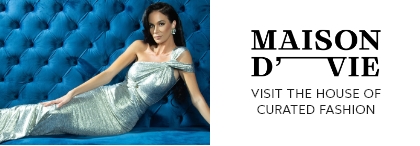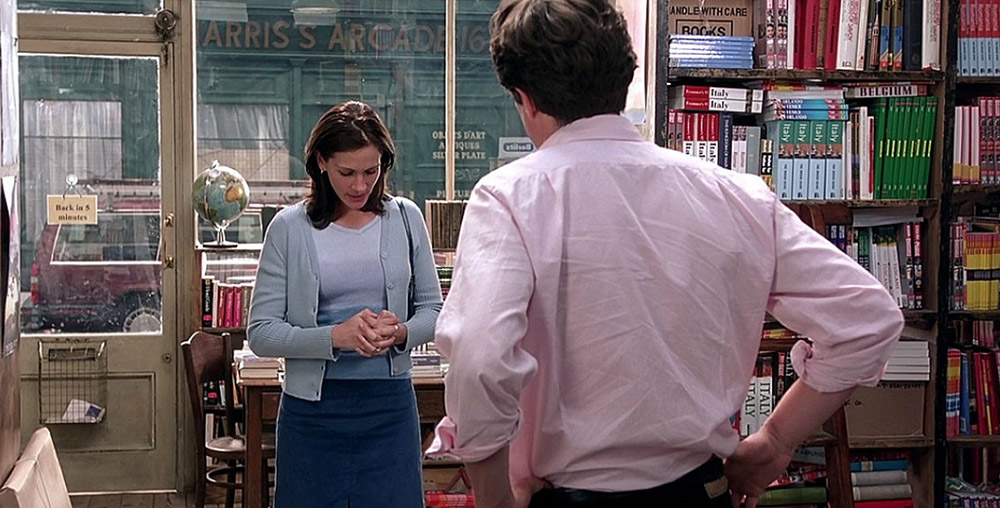
Marie Antoinette & The Chemise à la Reine
Sujatha Ramasubramaniam

- Photo By: Getty Images
Born on November 2, 1755, in the Hofburg Palace in Vienna was the future queen of France who would become a classic icon in the history of Versailles. Maria Antonia was the youngest daughter of the empress Maria Theresa and the emperor Francis I. Austria and France came to an agreement to declare peace since they had the same enemies. Their way of coming together as two countries was a political marriage that would automatically create an unbreakable alliance. Maria Antonia first arrived in France when she was fourteen years of age, in 1770. Her trousseau was paid by Austria but the items were made in Paris. Upon her arrival, she changed into French fashion, leaving behind the exquisite Austrian wedding gown she came dressed in, symbolic of leaving behind her Austrian ways and gracefully taking her place in French history. She also took on the French version of her name, Marie Antoinette.
The Queen was a woman of entertainment. She loved all sorts of gatherings. She adored court balls and entertained her circle with games of cards and billiards. She was also a musician herself who was proficient in Harp. Marie was a singer as well and she loved encouraging artists to find their deserved pedestals. Marie Jeanne Rose Bertin, who was a commoner, was raised by Antoinette to be the number one dress maker for many influential clientele. Bertin was Antoinette’s ‘minister of fashion’ who had complete liberty to design as she pleased. It was Bertin who made ‘puce’ fashionable, (A combination of purple, red and brown, the colors of flea) which instantly became popular. Some of her most famous clientele was Princesse de Lamballe and the renowned artist, Vigée Le Brun.
When King Louis XVI gifted the Petit Trianon to his wife, Marie Antoinette, she made the chateau her very space where she was far from the eyes of judgement and scrutiny. Even the King was not allowed to enter the chateau without a formal invite from his wife. It was in this space she would hang out with her fellow ladies, dressed in casual light muslins with bright floral patterns.
Élisabeth Vigée Le Brun, a close friend of Antoinette’s, as well as the famous artist, whose career greatly developed with the Queen’s support, created many masterpieces. One such masterpiece that stirred the opinions of many was the portrait in which Marie is wearing a dress that resembles a chemise for which she was criticized for presenting herself in a lady’s base garment. In the image she is seen to be dressed in an airy dress that is cinched at the waist with long sleeves and ruffles along the neckline creating ever so many flounces. She has also adorned herself with a beautiful straw hat with a few plumes that definitely added to the now ‘soft-girl’ cottage-core look. This painting caused a lot of damage to her image during her time because that portrait displayed everything a royal must not present themselves as. The halls and grounds of Versailles were something of utter class and royalty and the people always looked the part. It was too scandalous of Antoinette to present herself as such, being a queen herself. It only stood out as Vigée Le Burn depicting her queen as an immodest woman. Even though there were many other ladies of titles who had their portraits displaying them in cotton dresses, it wasn’t the same as having the Queen of France being displayed in a dress that resembles undergarment. It was also about how a queen like Antoinette herself, should be clothed in expensive fabrics, otherwise, suggesting the difference of their class because of her choices.
It does not end there. Cotton was an English fabric since it was an export fibre from India which was colonized by the British. Since she is of Austrian heritage, her position as a French queen was always secretly questioned by everyone. Her portrait displaying her in an English fabric only confirmed further to the critics and haters about the level of her patriotism for France.
But, where there are haters, there we’ll spot the lovers too. Daring and venturesome designers didn’t mind taking the risk in designing similar dresses. To the shock of many, ‘chemise à la reine’ picked up in popularity quite quickly. It was soon the fashion statement that effortlessly made its way into many important people’s wardrobes. The Queen herself took the liberty of sending a few chemise gowns to her friends who donned it with style and elegance.
Not only did she raise a chaotic debate among the people, but her influence of the cotton muslin dresses created a higher demand for more cotton which meant the economic crash of French silks was going to hit hard. Soon, cotton almost replaced most of the expensive fabrics in terms of stylish statements, which meant it beat the French silks.
Personally I think Marie Antoinette was the real shift between one fashion age to another. Her bold portrait did spark a terrible reaction initially. Among many of the things she was accused of, her ‘chemise à la reine’ was a bold move that caused a huge repercussion in the fashion world as well as in the world of fabric trade and economy. Even long after she was gone, people continued to look back on her choices and reignited the debates that continue till date. The queen made more portraits of herself in a much mature manner, dressed in royal attires, a portrait with her children and more, but the one portrait that will forever be the hottest topic of discussion will be her portrait of ‘chemise à la riene.’ Was it a royal blunder the queen committed completely oblivious to the morals and ethics of her kingdom? Was it all an elaborate plan to make a bold fashion statement hoping to revolutionize women’s fashion? Or was it just a lady feeling the need to capture what she feels most comfortable in and share it with her fellow ladies? In a world where we divide everything into black and white, Marie Antoinette remains a wonderful grey example open for discussion to those that still admire as well as critique her stirring, yet, absolutely engraving choices.
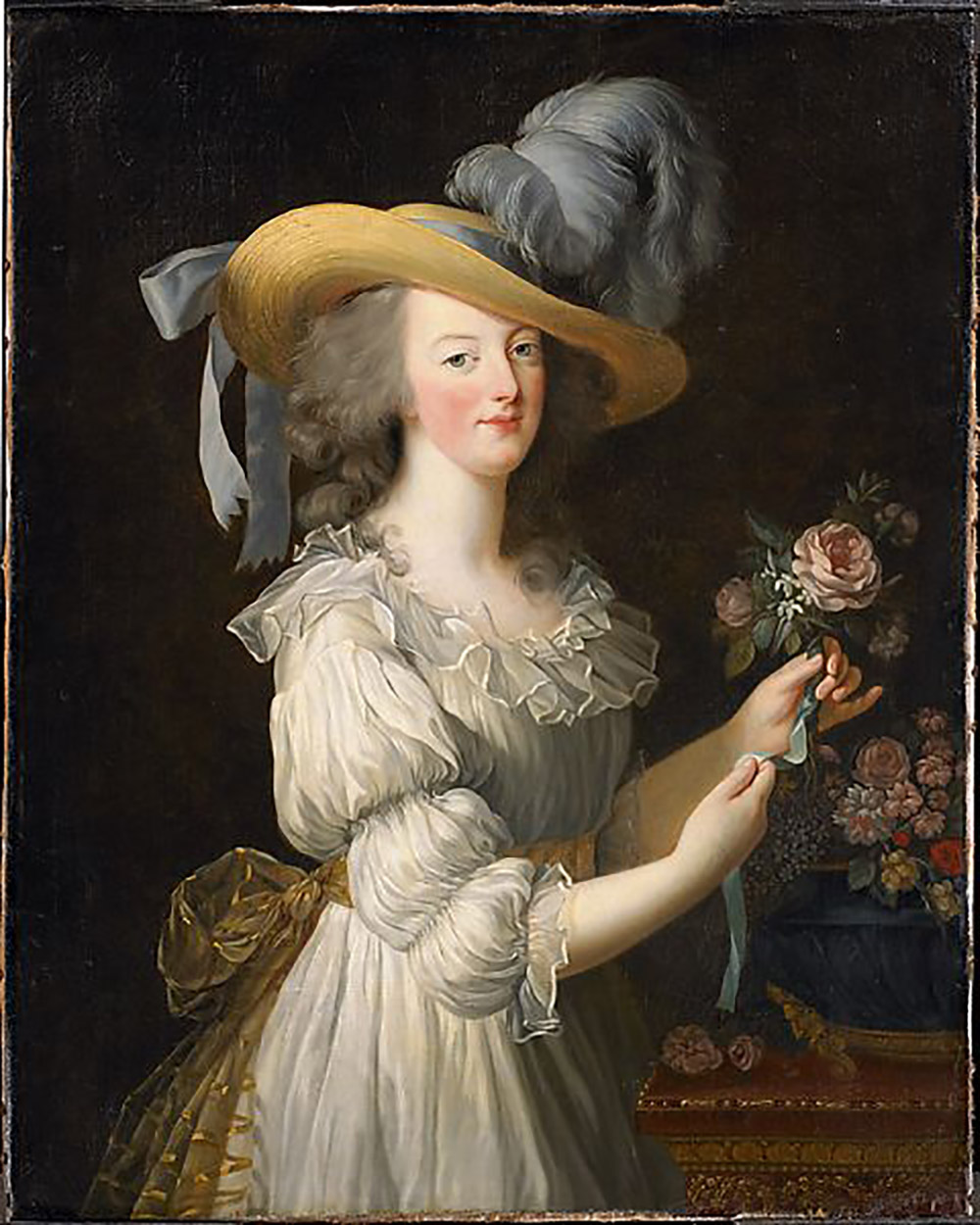
By Author


6 books of sweeping love stories for the romantics

Gifts for the month of Romance
no related post found

MESMERIZE: Where Artistry and Innovation Unite in a Ballet of Elegance
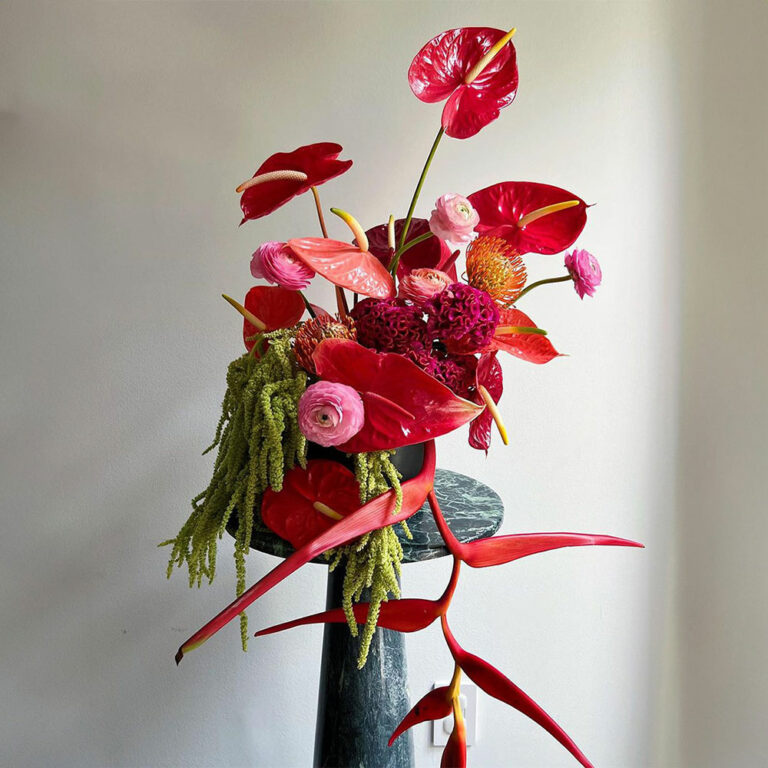
“Flowers are our favorite F word!”

Indulging in Love and Flavor at Playa: A Valentine’s Day Delight

MESMERIZE: Where Artistry and Innovation Unite in a Ballet of Elegance

“Flowers are our favorite F word!”

Indulging in Love and Flavor at Playa: A Valentine’s Day Delight

The Golden Move: Embracing the Ray of Hope

Stop Blaming. Enough Is Enough: Words @ 3AM By Gayatri.R
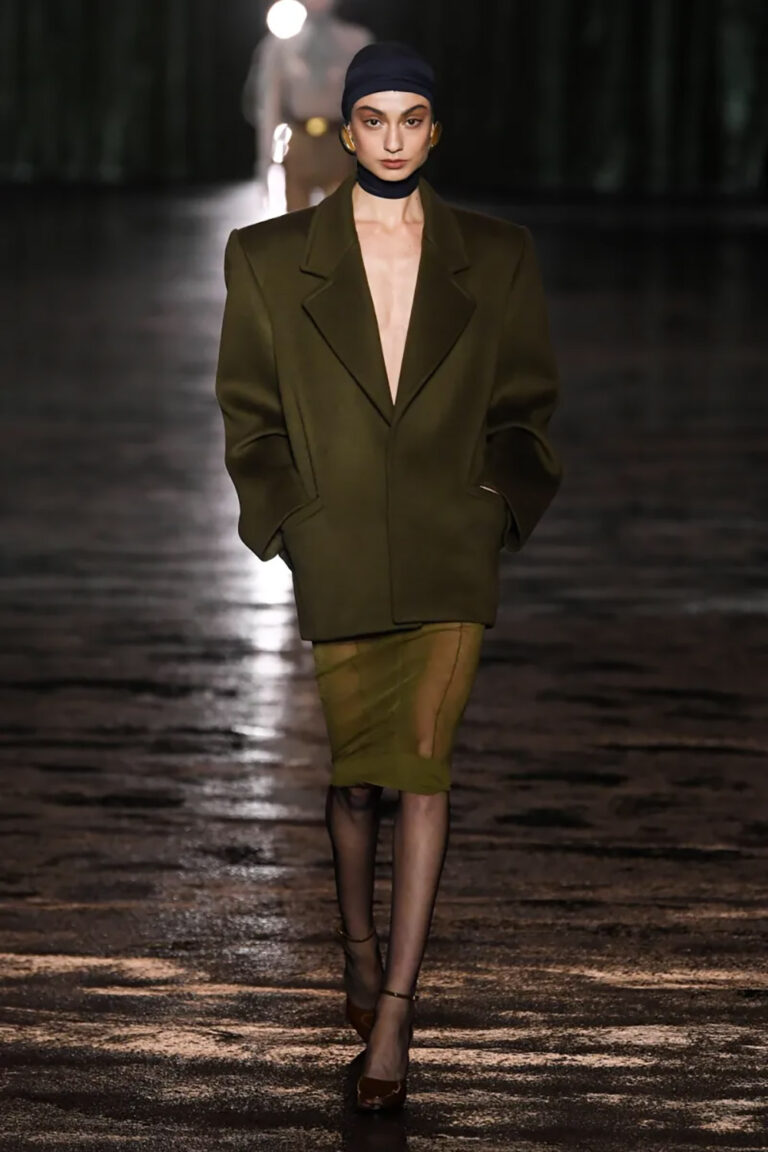

The Silke Beauty: Welcome to Malak Karaki By Omer Rasool

THE ANATOMY OF LOVING ONESELF







